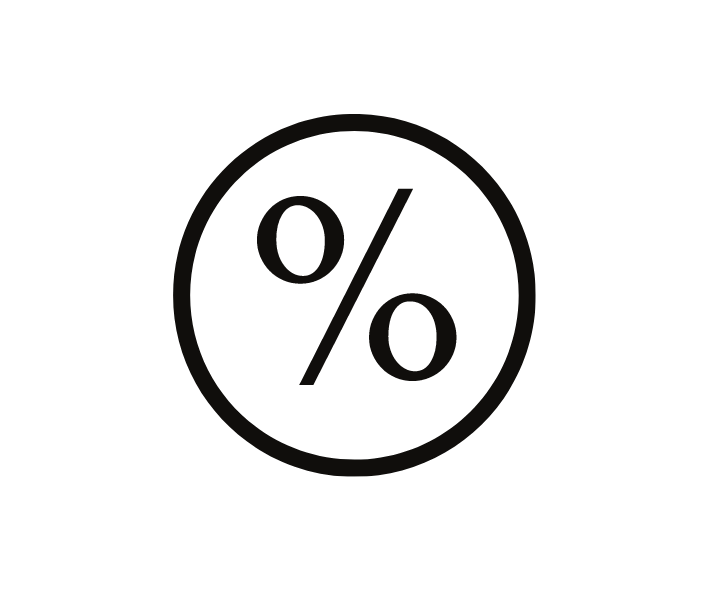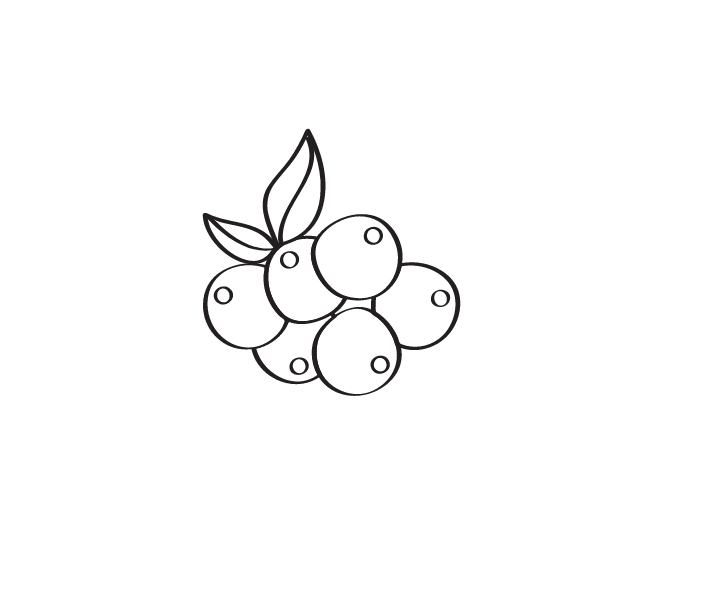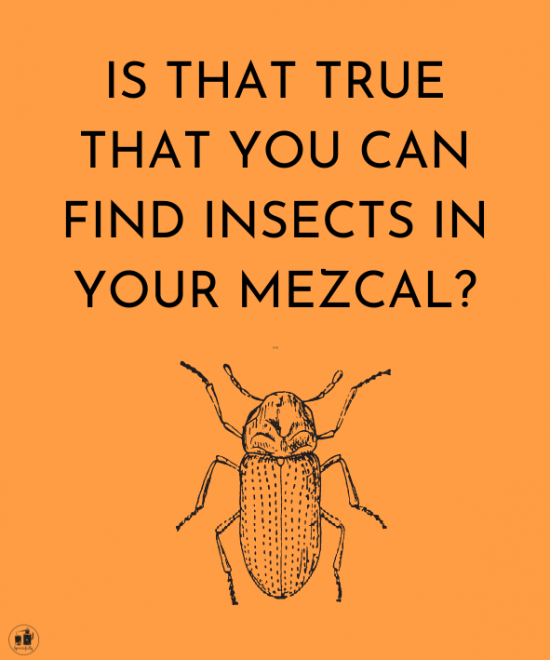As promised some weeks ago, after the post on Destille Berlin, I am getting back on the topic of sustainability with a focus on sustainability in the world of the agave based spirits. What should you care? Because if there is no more agave, you can forget about drinking Tequila. And do you really want this being a thing of the past? First thing first: I’m not meaning at being exhaustive, just at pointing out elements often overlooked.
What is the problem with the agave?
- TIME. The Agave plant needs many years to mature, never less than 7 and sometimes up to 30 years! And an agave produces only one piña. As we covered it in that section about agave-based spirits, the average weight of a piña is 70 kg and with such a piña one can produce 10 liters of Tequila (around 12 bottles)….Moreover there is a short window of only a few months between the optimum sugar level and the over-ripening of the agave. Meaning when a producer harvests too early, not only it kills the plant, but the taste won’t be ideal and you’ll have even less precious liquid. But the whole process goes against the siren of capitalism and high profitability.
- MONOPRODUCTION. When Tequila started to be successful, a sort of gold rush happened that led to the planting of fields only dedicated to the blue weber only but the lack of diversity is harming the specie and its reproduction mode. As Ian Chadwick writes “Today’s blue agave crop is a genetic monoculture. While wild agave is naturally pollinated by bats – now imperiled by habitat loss, tourism, dwindling food supply and harvesting agave – and germinates from seed, the agaves also reproduce asexually, through shoots (hijuelos) from the mother plant. Today these shoots are the source of more than 95 cent of all cultivated blue agave crops – and there are an estimated 200 million blue agave plants under cultivation in 2007. » (the link to the complete article).
- DISEASE. In the same article mentioned above, Ian Chadwick pursues : “Modern agave production is basically the same as cloning. This has led to some problems with genetic issues. Without the genetic diversity provided by natural, sexual pollination, the crops are widely vulnerable to pests or diseases that can adapt to take advantage of their similarity. Such has been the problem of the various plagues and diseases which have swept the agave fields since the 19th century (including the fusarium epidemic of the mid 1990s).!”
- ENVIRONNMENTAL DESTRUCTION. Not only it mono production is not good for the agave itself, but it’s not good for the land: “over the last 30 years, cultivation of Agave tequilana Weber variedad blue for industrial production of tequila, has generated soil erosion, chemical pollution, displacement of traditional food crops and traditional Agave landraces used for preparing “mezcals” in the Appellation of Origin Tequila area” (this quote come from the remarkable research).
- OVERHARVESTING. it doesn’t let the chance to wild agave to reach maturity nor reproduce. Even the more common agave like Espadin, suffer from being harvested too early and massively.

What are the solutions?
- producing only what’s available, renouncing to the tempting scaling up to an industrial scale.
- encourage higher prices to let the producers tending the plants with the time they require
- making US regulation more strict : As Brad Japhe writes “Organic European and Mexican legislation requires evidence of sustainability of the populations where the agaves are harvested. Sadly, most brands obtain only the U.S. certification, which is less stringent, to avoid the additional requirements.”
- develop diversity again through incentive for replanting
What are the other problems around sustainability in the agave based spirits
- WATER. Liquor.com gives a good example in an article by Brad Japhe, posted on Jul 05, 2017 of the effects of the production on the surrounding water supplies: “Then there’s the issue of water. Since most palenques are built on rivers, many of them threaten to contaminate public drinking supplies, especially as they ramp up production. For every bottle of mezcal, 10 to 12 liters of waste liquid (or vinasa) is left behind, along with 15 to 20 kilograms of spent agave fibers (bagazo). When the mezcaleros shovel this acidic oxygen-starved waste into the rivers, it lowers the pH of the water, threatening both wildlife and surrounding villages.”
- WOOD. Many artisanal distilleries need wood to warm up the facilities, the distillation process, have the pinas roasted, etc: but wood is scarce in Mexico. Apparently there is even a black market for it. To make the business sustainable a solution has to be found, the situation supervised, trees replanted or it’s gonna be soon a problem.
- WASTE. There are more and more techniques to reduce waste in distillery (using fibres of the pinas as manure, etc) but it is not developed enough. Good practices could be taught. And this is mostly the responsibility of the bigger corporations.
- PEOPLE. Mezcal and Tequila market keeps growing, but the money is not going to the people who make it. Social responsibility must become part of mezcal DNA production if the category wants to survive.
This article describes good practices and initiatives (https://www.liquor.com/articles/mezcal-sustainability/#gs.4z77xr).
And this other one shows how planting agave outside of Mexico may help saving the agave (https://munchies.vice.com/en_us/article/pgxxzk/california-grown-agave-is-making-tequila-sustainable).
As said above, this is not an exhaustive article. It is obviously a bias article as Spiritsfully can only agree with sustainable spirits production. Spirits are not useful like water or fruits are, so they have to at least be exemplary. Do your own research. Be aware of the circumstances of the production of your drinks. Ask for transparency.
As a consumer you can act. The industry will only follow. Just do it now and loud, before it is getting too late. Just saying….
Cheers!




















